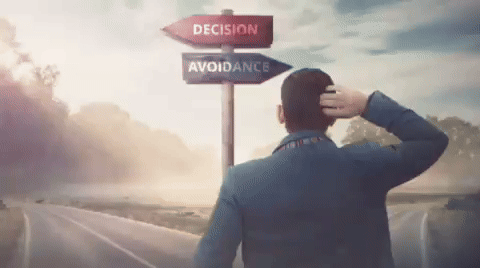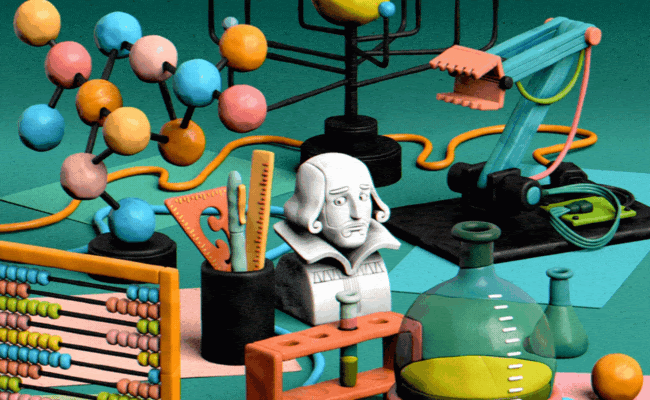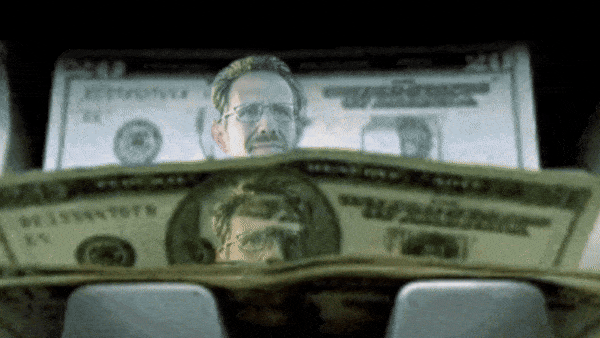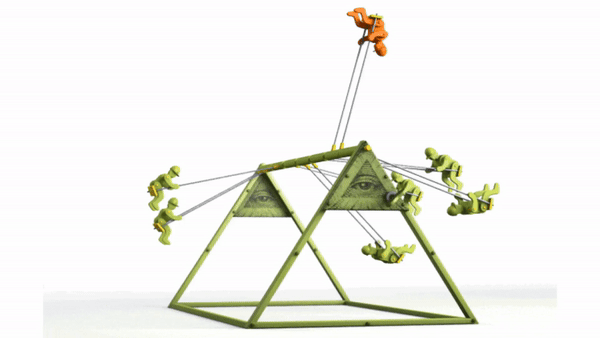
When you look around your workplace how often do important decisions get put on ‘the back-burner’? Sometimes the back-burner is a place to put decisions that have been de-prioritised, but more often it’s a place to put decisions no one wants to make.
Decision avoidance is a form of psychological inertia that causes high levels of frustration and significant waste in organisations. Not only is time and resources exerted during the drawn out decision making process, there is often a very real opportunity cost when decisions are delayed or never made.
But what if indecision you witness is not a function of incompetent decision-makers but instead was a perfectly natural response to the environment you’re operating in?
This inaction is a form of cognitive bias called omission bias. Omission bias is when we judge the impact of doing something (commission) differently than how we judge doing nothing (omission). For example, you may do a cost-benefit analysis of competing options, but how often do you do a cost-benefit analysis of doing nothing? As such, the risks and uncertainties associated with doing something become well understood, but the risks and uncertainties of doing nothing remain opaque.
Some of the contributing factors to decision avoidance can include:
- Greater uncertainty in the external environment, which can make every option look riskier and reduce our level of confidence in making any decision.
- An organisational culture where bad decisions are judged harshly, but good decisions are not rewarded (or the reward flows up the reporting chain to somebody else).
- A decision-making process where the criteria against which to assess different options are unclear, which in turn makes comparing options difficult or impossible.
Although it may not be easy to overcome broader environmental uncertainty, there are still things you can do to reduce decision avoidance. The first is ensuring there are agreed criteria for which to assess options against. This provides both accountability and transparency as to how the decision was arrived at. The second is making sure the status quo is always treated as an option during the assessment process and that the costs, benefits, and risks are assessed against the same criteria as the alternatives.
Finally, you should have a clear and robust decision-making process to follow. Ultimately, good decisions are not defined by the outcome; they are defined by the quality of the process. The outcome could be impacted by unforeseeable events in the external environment, in addition, in a complex environment we can also never know whether alternative options would have fared better.
But just like a sound scientific process improves the reliability of an experiment in a laboratory, a sound decision-making process will not only mean greater transparency and accountability, it will mean you make better decisions more often.






